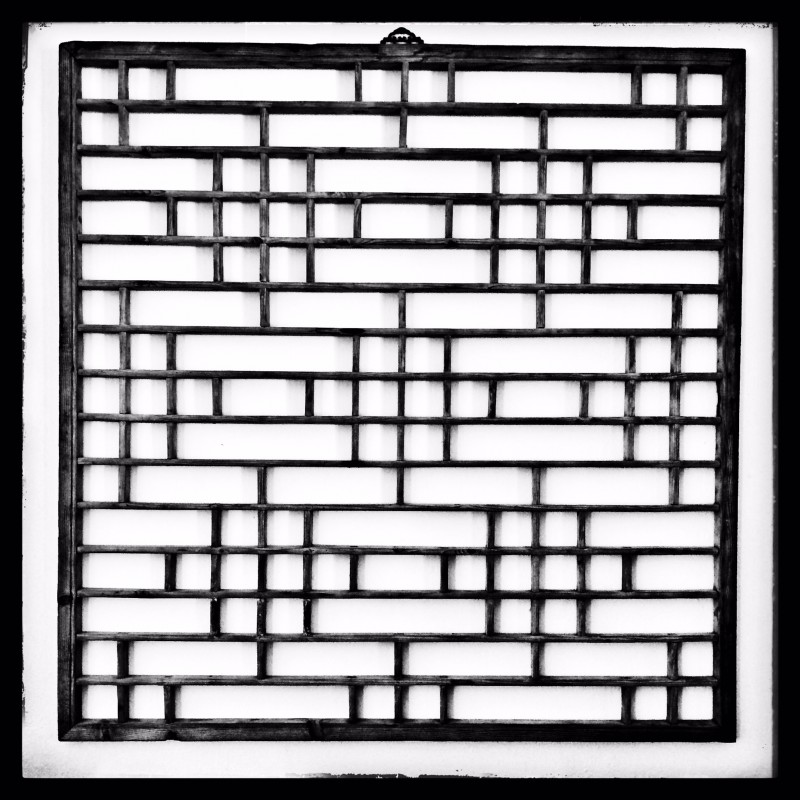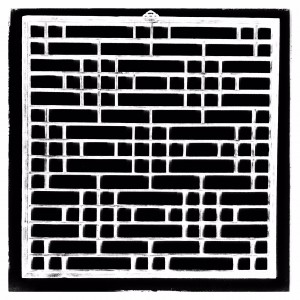 Gesamtkunstwerk? Gesundheit!
Gesamtkunstwerk? Gesundheit!
I’ll pass on poetry for this afternoon’s look at Gesamtkunstwerk. It’s tough enough to splutter off the tongue, much less massage into melody.
Ever interested in matters curatorial, I recently discovered Swiss art curator, critic and historian Hans-Ulrich Obrist who is currently working as the Director of International Projects at the Serpentine Gallery in London. My introduction to this fascinating man/phenomenon was also my introduction to Gesamtkunstwerk…
Hans Ulrich Obrist, Art Curator
Enter Hans Ulrich Obrist, a man on a mission. At hyperspeed. Because he isn’t (and we aren’t) getting any younger. So much to do. So little time.
But don’t hasten to anxiety. This is a good thing. Packing too much life into too little time just may be the single best antidote to mortality’s incumbent anxiety. Don’t stress. Live!
Gesamtkunstwerk, à la Hans-Ulrich Obrist, is a protean creation that is remade over time, absorbing fresh influences from people who engage with it.
D.T. Max captures the crisp-but-blurring figure of a man racing time. Like a freeze-frame in a pre-digital film. The author’s description of Obrist’s ADD-esque attention span – flitting quickly to his iPhone if/when a gallery representative grows longwinded – allows him to introduce the idea of Gesamtkunstwerk.
Though he likes to learn, he doesn’t like to be told what to pay attention to. But when he saw something he really liked he paused, and a light smile crossed his lips. This happened at the New Museum, which had on display the Lebanese artist Etel Adnan’s quietly bold abstract landscape paintings, along with a typescript of her book-length poem “The Arab Apocalypse.” He said, “This has something of the Gesamtkunstwerk”—a complete, or all-encompassing, art work. The term is often associated with the sprawling operas of Richard Wagner, but for Obrist it can be something much more nimble—a protean creation that is remade over time, absorbing fresh influences from people who engage with it. Something, in other words, much like himself.
Source: Hans Ulrich Obrist, the Curator Who Never Sleeps – The New Yorker
Gesamtkunstwerk is new to me. And I like it!
Especially in the more nimble and evolving sense that Max describes, “a protean creation that is remade over time, absorbing fresh influences from people who engage with it.” This of course is life itself. But it’s especially close to this morphing and metastasizing midlife project I’ve so far failed to abandon.
 The earliest incarnation was summed up in a daily mantra, “Fat to fit by forty.” And it was packed into a playful, ambitious challenge: write forty poems in forty days. That vision endured briefly, sprawling to include forty doodles and to limit creation to mobile devices. Then the notion of forty as midlife stretched and stretched based upon conversations and reading. Forty, at best, was the starting gate. What’s the finish line? Fifty? Fifty five?
The earliest incarnation was summed up in a daily mantra, “Fat to fit by forty.” And it was packed into a playful, ambitious challenge: write forty poems in forty days. That vision endured briefly, sprawling to include forty doodles and to limit creation to mobile devices. Then the notion of forty as midlife stretched and stretched based upon conversations and reading. Forty, at best, was the starting gate. What’s the finish line? Fifty? Fifty five?
Early on I clung to the idea of a midlife crisis postponed averted. Tongue and cheek. But also realistic. I was already wrestling with some of the growing pains, so I knew I wasn’t going to skate right through the man-child to waning-wrinkly phase without some abrasion. But I was also committed from the get-go to see my midlife transition as an opportunity for growth, a springboard to something better, a fulcrum to lever some of my dreams out of the dirt and up into the sunlight. Am I losing you? Back to Gesamtkunstwerk…
Gesamtkunstwerk
Time to take a closer look at Gesamtkunstwerk. First a little background.
The term was first used by the German writer and philosopher K. F. E. Trahndorff in an essay in 1827. The German opera composer Richard Wagner used the term in two 1849 essays.
Source: Gesamtkunstwerk – Wikipedia, the free encyclopedia
If you’d like to dig a little deeper, Wagner’s essays were “Art and Revolution” and “The Artwork of the Future”. I’ve read neither, but I plan to. I’d also like to dig into Tahndorff’s essay if anyone reading this can help point me forward.
I most admire art that is liberating and empowering, art that opens up new possibilities. Art needn’t strive for autonomous perfection to liberate, empower, and amplify possibilities.
I’m especially intrigued by the notion of a sprawling, multidisciplinary art form. But I suspect that such a total artistic synthesis is not only overly ambitious (and impossible), but would also be a bit stultifying. I most admire art that is liberating and empowering, art that opens up new possibilities. Art needn’t strive for autonomous perfection to liberate, empower, and amplify possibilities. Besides, achieving it would be extremely and unneccisarily confining, no matter how well conceived. I prefer serendipity and ellipses and imperfection.
But the version of Gesamtkunstwerk that Max uses does appeal to me, especially this:
a protean creation that is remade over time, absorbing fresh influences from people who engage with it…
It’s worth repeating. And it’s familiar.
Related articles
- Hans Ulrich Obrist: ‘Everything I do is somehow connected to velocity’ (theguardian.com)
- In a niche of their own (spectator.co.uk)
- Ring Roads, After the Crash and The Age of Earthquakes: Guide to the Extreme Present (go.theregister.com)